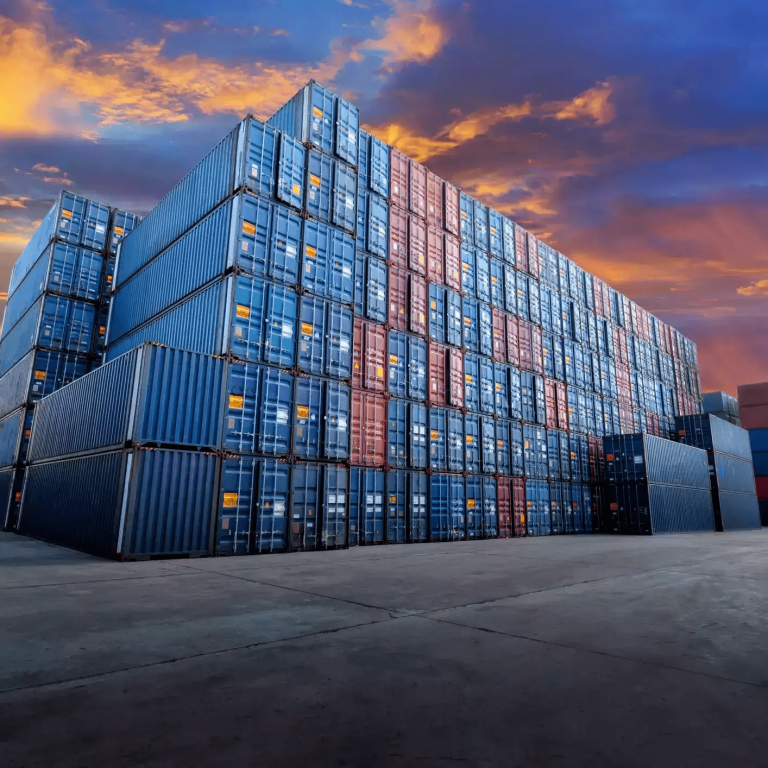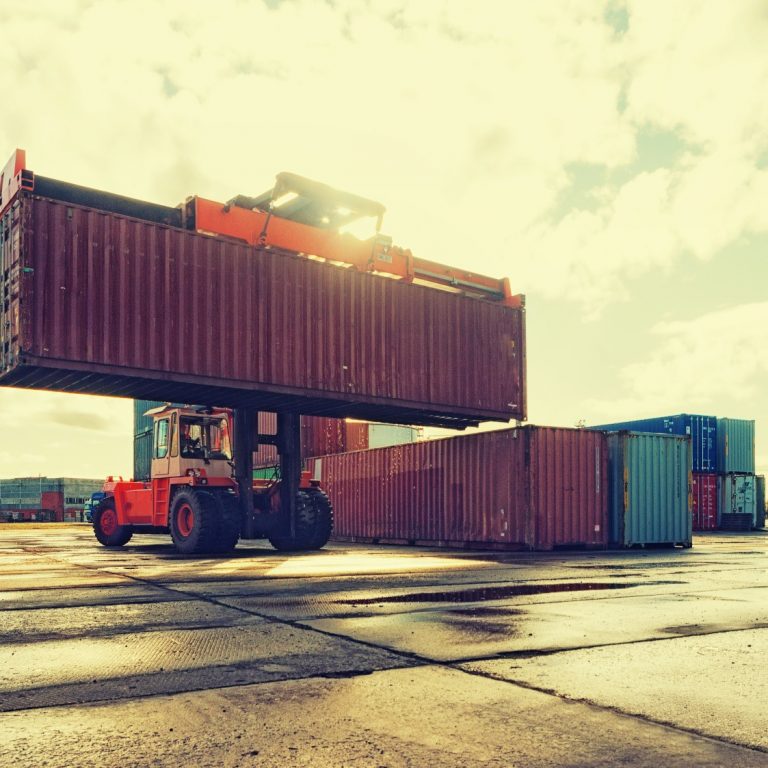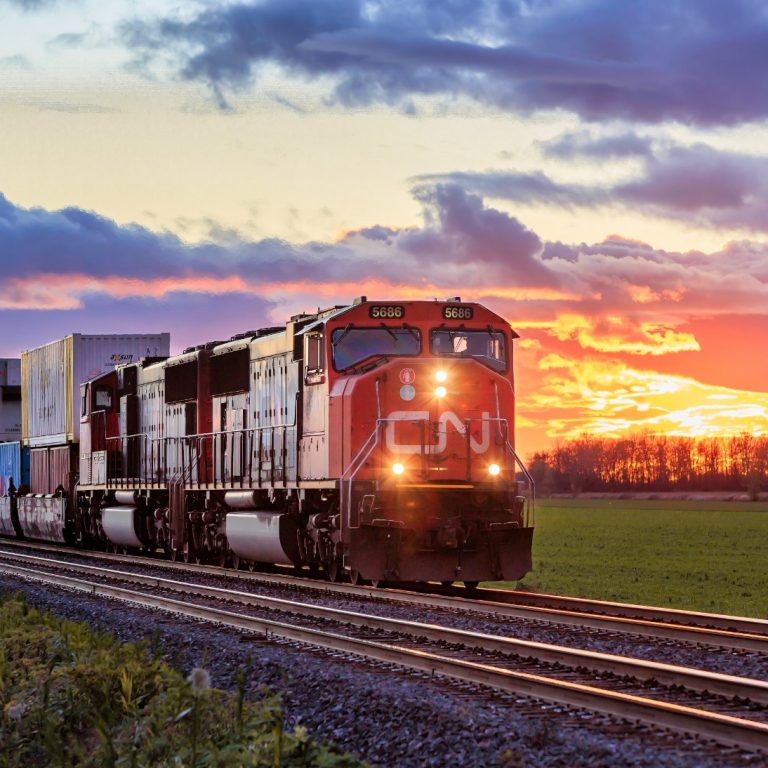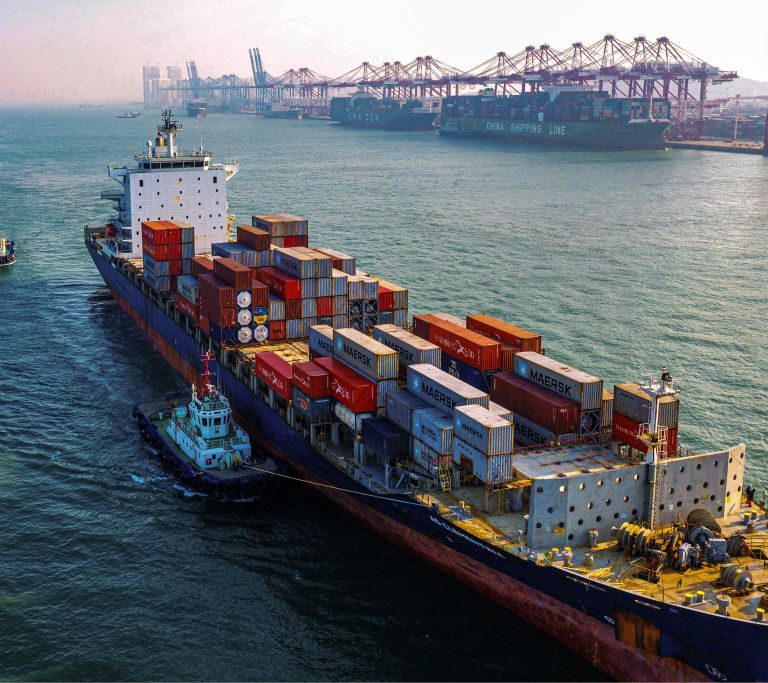Challenges due to increasing freight costs on end consumers
Challenges after Covid on container businesses

Global economies are striving hard to recover from the impact of the corona pandemic and are also seem to be making progress. Unlike other industrial sectors, the International logistics and freight transport sector have now stumbled upon an emerging challenge that shall have a ripple effect on the end consumer worldwide. The challenge is the surge in container freight costs which is expected to prolong in the forthcoming months also. As per the analytical report of UNCTAD’s Review of Maritime Transport 2021, the freight rates are expected to spike high for the coming months and are going to shoot the global import prices of trading goods as well as consumer prices.
Why the surge in freight costs?
The report indicates that there has been an unprecedented increase in demand for goods between the end of 2020 and 2021. Due to lockdowns and other curbs on companies, consumers have switched to online sales and the e-commerce industry is in a boom. It has inevitably burdened the existing supply chains and their supplying capacities.
In addition to the above, other constraints are affecting the supply and cost of freights like carrying capacity of container ships, shortages of containers, lack of labor, congestion at ports, and Covid-19 restrictions causing supply disruption & delays. As a result, container freight rates are touching rooftops on almost all trading routes.
Who are bearing the direct consequences of high freight rates and How?
Market trends confirm that any change in the freight costs does have a rippling effect on the end consumers. Since now, the freight cost is rising it is affecting both the import prices as well as the consumer prices of trading goods, especially those that are being imported from other countries via air or sea routes. Let’s take a look at the list of parties that are directly facing the wrath of high freight trades.
Impact on trade by developing economies:
UNCTAD’s report highlight that this increase in freight rates has affected developing countries more than developed countries. Also, that the global import prices have risen by 11% and the consumer prices are increasing by over 1.5%. Exports by smaller economies and least developed countries are losing the comparative advantage of their products as they are unable to keep up with the cost of producing & exporting at previous prices.
Effect on Industrial production & manufacturing industries:
Due to continuous rise in shipping costs, supply disruption, and delay, the pace of recovery has further declined and is affecting international exports and imports. In such a state, global manufacturing will have to face setbacks and further damage to their productivity. It is affecting the production capacity of various consumer goods companies.
Shortage of consumer goods has affected the need & faith of buyers:
An increase in container freight costs will surely shoot up the manufacturing cost of the product and eventually, the consumer prices. In addition, it is affecting the global supply chains wherein the producing companies are unable to meet the demands of consumer goods by importing countries due to the aforementioned reasons. For instance, the statistics reveal that developed economies of Europe are not getting the ordered consumer goods like toys, home furnishings, bicycles, etc. which are usually imported from Asian countries due to their shipping & supplying constraints. This will affect the consumer’s faith in the economy as a whole.
Rise in prices of consumer goods:
Decrease in supply and production inversely affect the prices of those goods. As per the analysis made by UNCTAD, there has been a prominent rise in prices of rubber & plastic goods, pharmaceutical goods, automobiles, and machinery as well as other types of equipment. It is primarily due to the rise in shipping freight & transport costs. Now, the consumer either has to make a different choice or will have to compromise his choice.
It’s high time for effective measures!!
This analysis of the freight container industry and international maritime trade showcases that such a continuous increase in freight cost is fatal for the recovery of all the economies. There is a considerate need to take effective measures by the countries in play, i.e., betterment of port infrastructure and government monitoring, as it will ensure that trading is done fairly and transparently. This will improve the efficiency of economies and enhance their resilience to such external factors.






